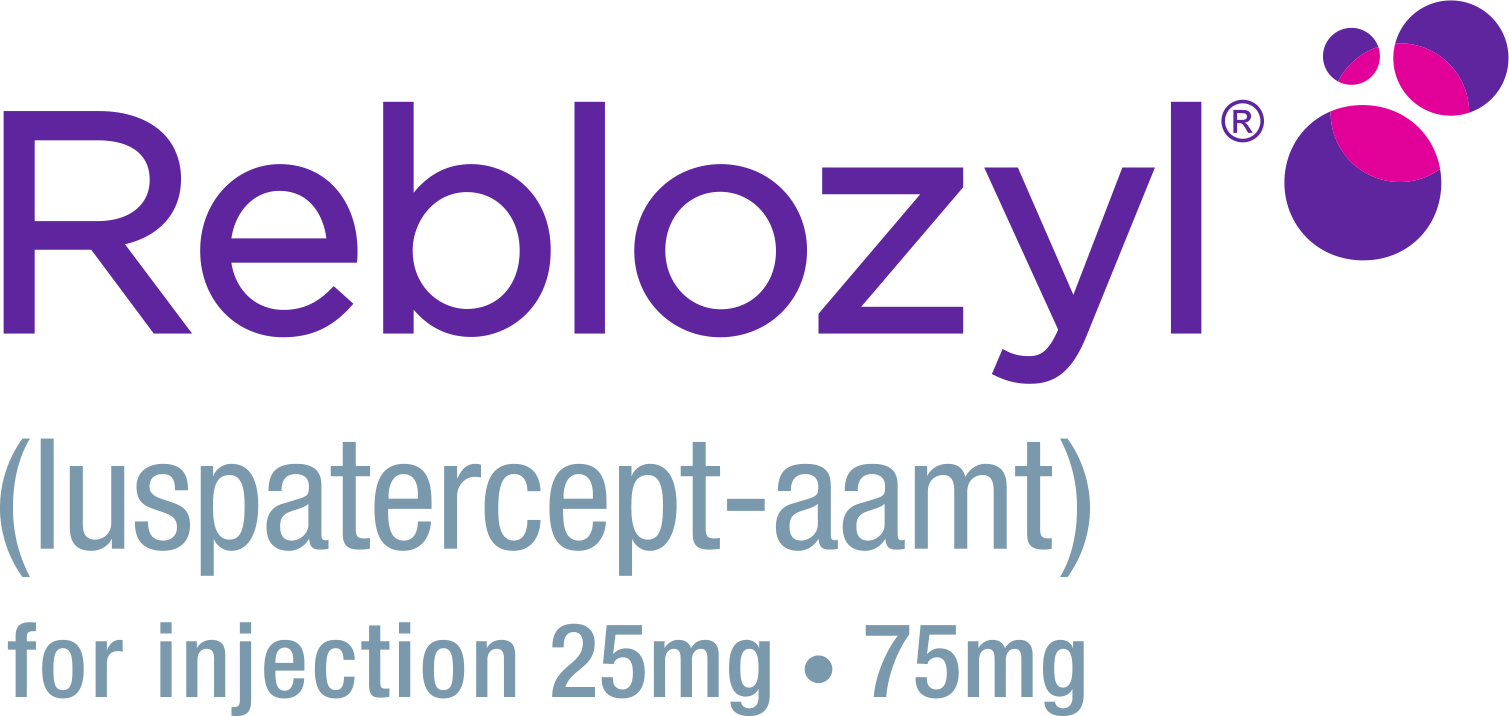Depending on the type of appointment, make sure to write down the following:
Treatment information, including dates and dosages
- Having information about your current and past doses helps your healthcare team understand when a change may be needed
Test results, including Hgb and any info about changes in your levels
- Hgb levels can be different from person to person, so keeping track of them during every stage of your treatment journey can help you and your healthcare team see when changes are happening
Transfusion information, including dates and number of units
- If you’re getting more transfusions over time, you can bring it up with your healthcare team. It may mean you need a change in treatment or an increase in dosage

 levels, transfusion
levels, transfusion needs and symptoms
needs and symptoms .
.






